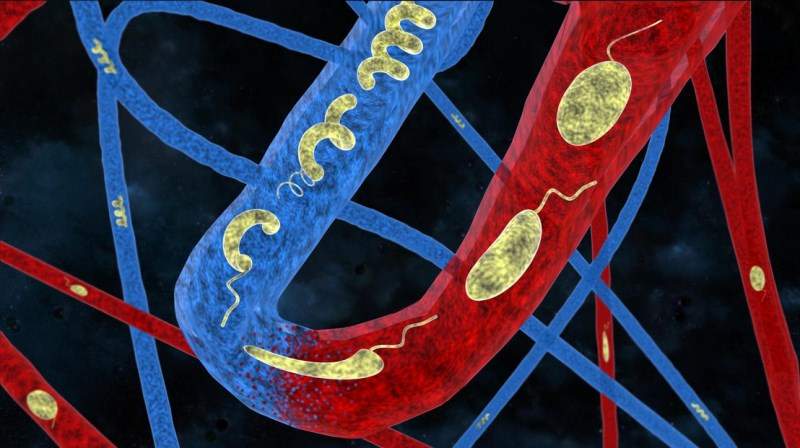
The tiny elastic robots are designed after the model of bacteria and are fully biocompatible. They are capable of optimizing their movements in order to reach hard-to-reach areas of the human body.
The new innovation is expected to revolutionize targeted drug delivery as one day these tiny robots could be ingested to deliver drugs directly to diseased tissue.
The group of scientists led by Selman Sakar at EPFL and Bradley Nelson at ETH Zurich has designed the smart, biocompatible, highly flexible microrobots, drawing inspiration from bacteria.
Furthermore, the devices are capable of swimming through fluids and alter their shape when required and can pass through narrow blood vessels and intricate systems without compromising on speed or maneuverability.
The microrobots are manufactured from hydrogel nanocomposites that contain magnetic nanoparticles, which facilitate them to be controlled via an electromagnetic field.
The scientists described the programming method they have developed for the robot’s shape to travel easily through fluids that are dense, viscous or moving at rapid speeds, in an article appearing in Science Advances.
Unlike conventional robots, with bulky machines, equipped with complex systems of electronics, sensors, batteries and actuators, the new innovative robots, on a microscopic scale, are entirely different.
Scientists have used an origami-based folding method for constructing miniaturized robots, which comes with a host of challenges. The locomotion technique involves embodied intelligence, which is an alternative to the classical computation paradigm that is performed by embedded electronic systems.
Sakar said: “Our robots have a special composition and structure that allow them to adapt to the characteristics of the fluid they are moving through. For instance, if they encounter a change in viscosity or osmotic concentration, they modify their shape to maintain their speed and maneuverability without losing control of the direction of motion.”
The robots are capable of being either controlled using an electromagnetic field or left to navigate on their own through cavities by utilizing fluid flow. Either way, they would automatically transform into the most efficient shape.





